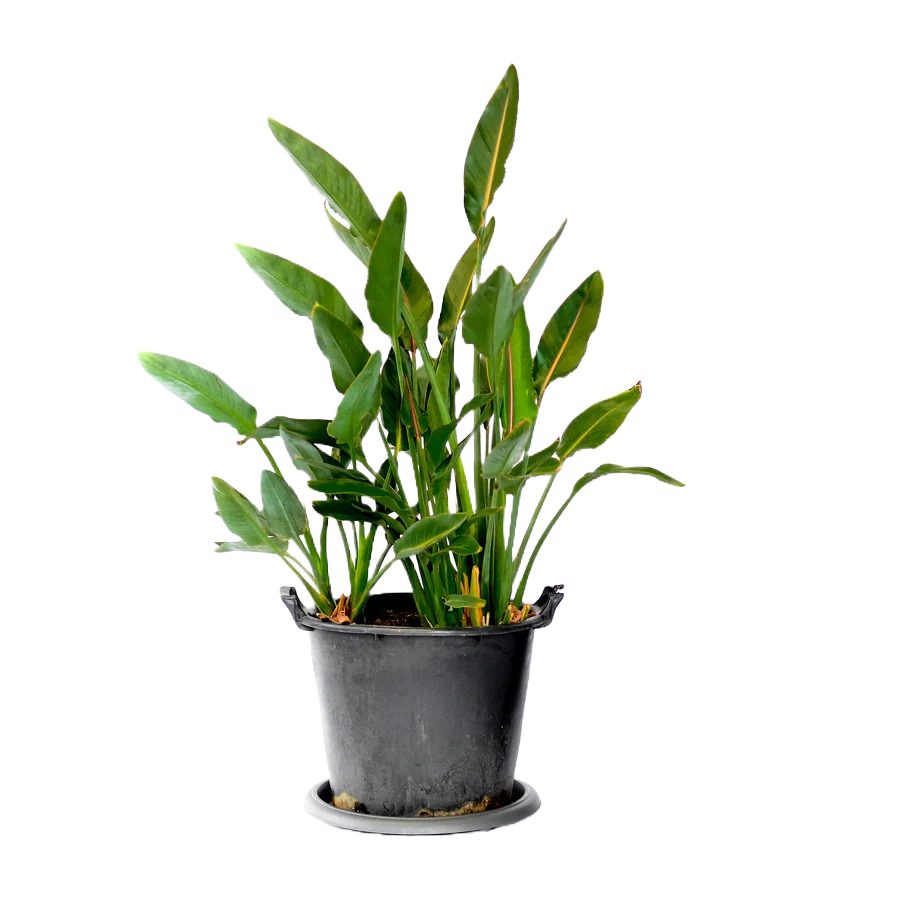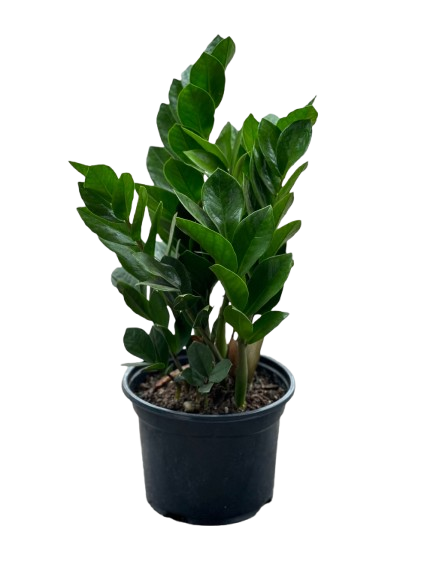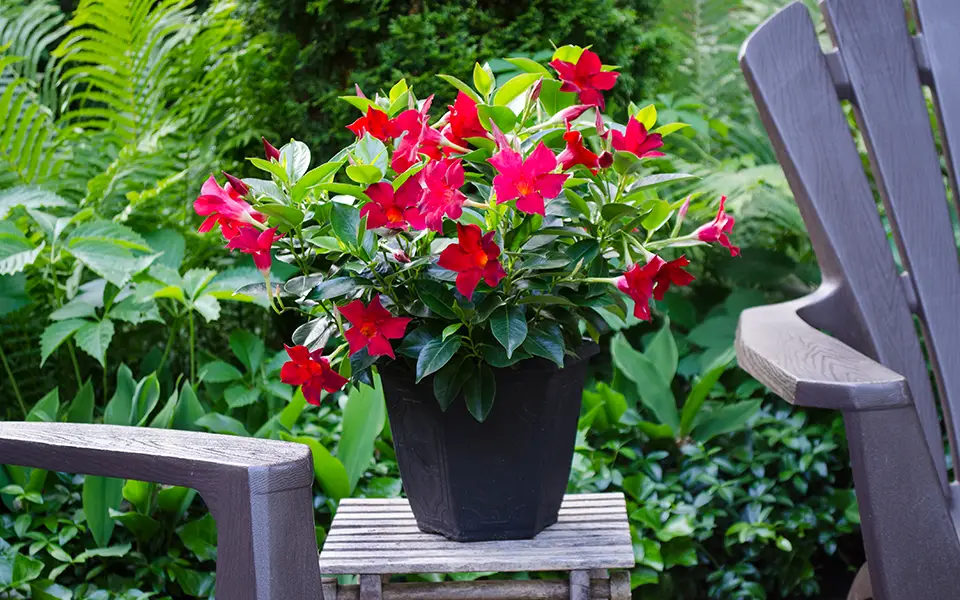Dipladenia, often confused with its close relative Mandevilla, is a stunning tropical plant admired for its trumpet-shaped flowers and glossy foliage. In Kenya, it’s becoming increasingly popular for balconies, patios, and gardens thanks to its long blooming season and vibrant colors. Whether in containers or climbing over trellises, Dipladenia adds an exotic touch of elegance to any space.
Why Grow This Plant?
- Produces vibrant, trumpet-shaped flowers in shades of pink, red, and white.
- Compact and suitable for containers, balconies, and patios.
- Drought-tolerant once established, perfect for Kenyan climates.
- Attracts pollinators like butterflies and hummingbirds.
- Long-lasting blooms for months with minimal care.
Cultural & Historical Significance
Native to Brazil, Dipladenia has long been cherished for its ornamental beauty in tropical and subtropical regions. In Latin American cultures, it symbolizes passion and vitality due to its bold red blooms. In Europe, it has become a favorite summer container plant, often seen in hanging baskets and terraces. Its climbing ability is also associated with growth and resilience, making it a symbolic choice for home gardens worldwide.
Ideal Growing Conditions in Kenya
- Sunlight: Prefers bright, indirect light or partial sunlight.
- Temperature: Thrives in warm climates between 18°C – 30°C.
- Soil: Well-drained, loamy soil rich in organic matter.
- Watering: Moderate watering; allow the soil to dry slightly between waterings.
- Regions: Grows well in Nairobi, Kiambu, Nakuru, and coastal regions with good drainage.
How to Plant It
- Choose a sunny to partially shaded spot or a large container with drainage holes.
- Prepare well-drained soil mixed with compost for added nutrients.
- Remove the plant from its nursery bag or pot and loosen the root ball gently.
- Plant at the same depth as it was in the pot and water thoroughly.
- Support with a trellis or stake if growing as a climber.
Care Tips
- Water regularly during the flowering season but avoid waterlogging.
- Fertilize every 4–6 weeks with a balanced flower booster fertilizer.
- Prune lightly after flowering to maintain shape and encourage new growth.
- Pinch back growing tips to promote bushiness if you prefer a compact look.
Pests & Diseases
- Aphids & Spider Mites: Look for sticky residue or fine webbing; treat with neem oil or insecticidal soap.
- Whiteflies: Common in warm, humid environments; yellow sticky traps help manage them.
- Root Rot: Caused by poor drainage; avoid overwatering.
Pet Safety
Dipladenia is considered toxic to pets if ingested, especially cats and dogs. Place it out of reach if you have furry companions at home.
Growing in Containers
Dipladenia thrives in pots, making it an ideal choice for urban gardeners in Kenya. Use large containers with drainage holes, place them on balconies, verandas, or patios, and provide a trellis if you want them to climb. Their cascading flowers also look beautiful in hanging baskets.
Where to Buy This Plant in Kenya
You can buy healthy Dipladenia plants and stylish planters from Plantify.co.ke, your trusted source for indoor and outdoor plants.
Final Thoughts
Dipladenia is a vibrant, hardy, and rewarding plant that brings months of color to your home or garden. With minimal care, it flourishes in Kenyan conditions, making it a must-have for plant enthusiasts looking to add tropical elegance and charm to their space.
Recent Posts
- Asiatic Lily Bulbs in Kenya: Vibrant Color, Easy Growth & Garden Beauty
- Dendrobium Orchids: Elegant Blooms, Easy Care & Indoor Beauty
- Vanda Orchids: Vibrant Colors, Air-Grown Beauty & Elegant Displays
- Vriesea Bromeliads in Kenya: Elegant, Colorful & Easy to Grow
- Manuka : Beauty, Healing & Natural Resilience







